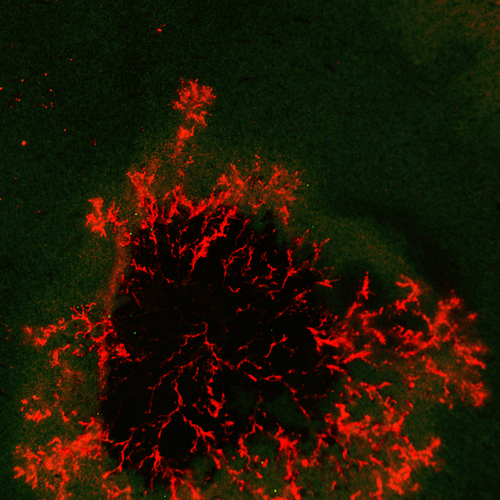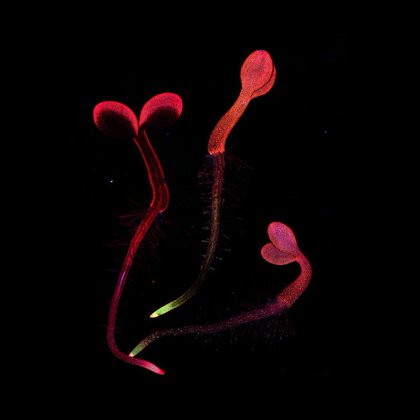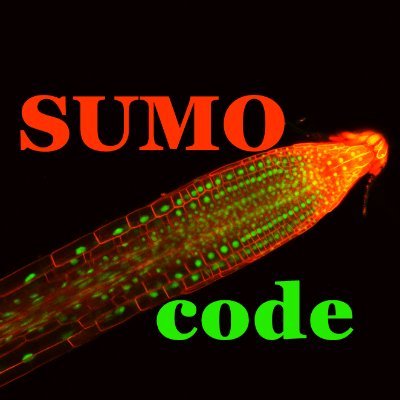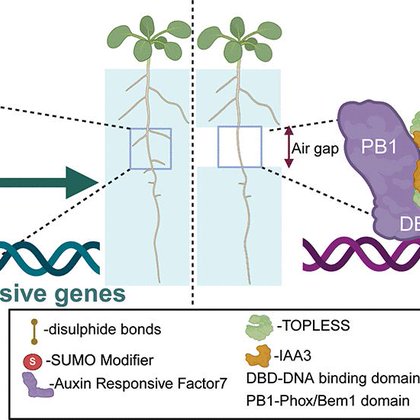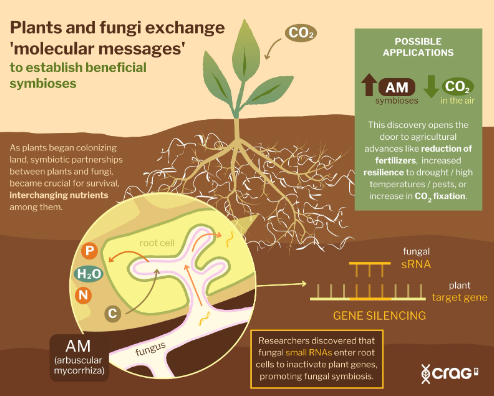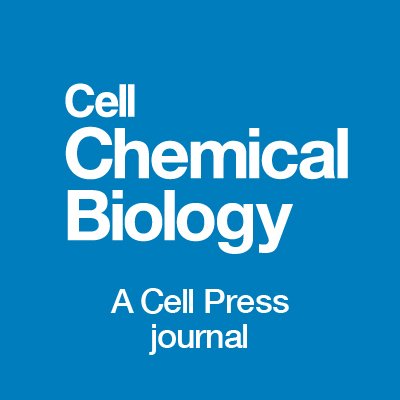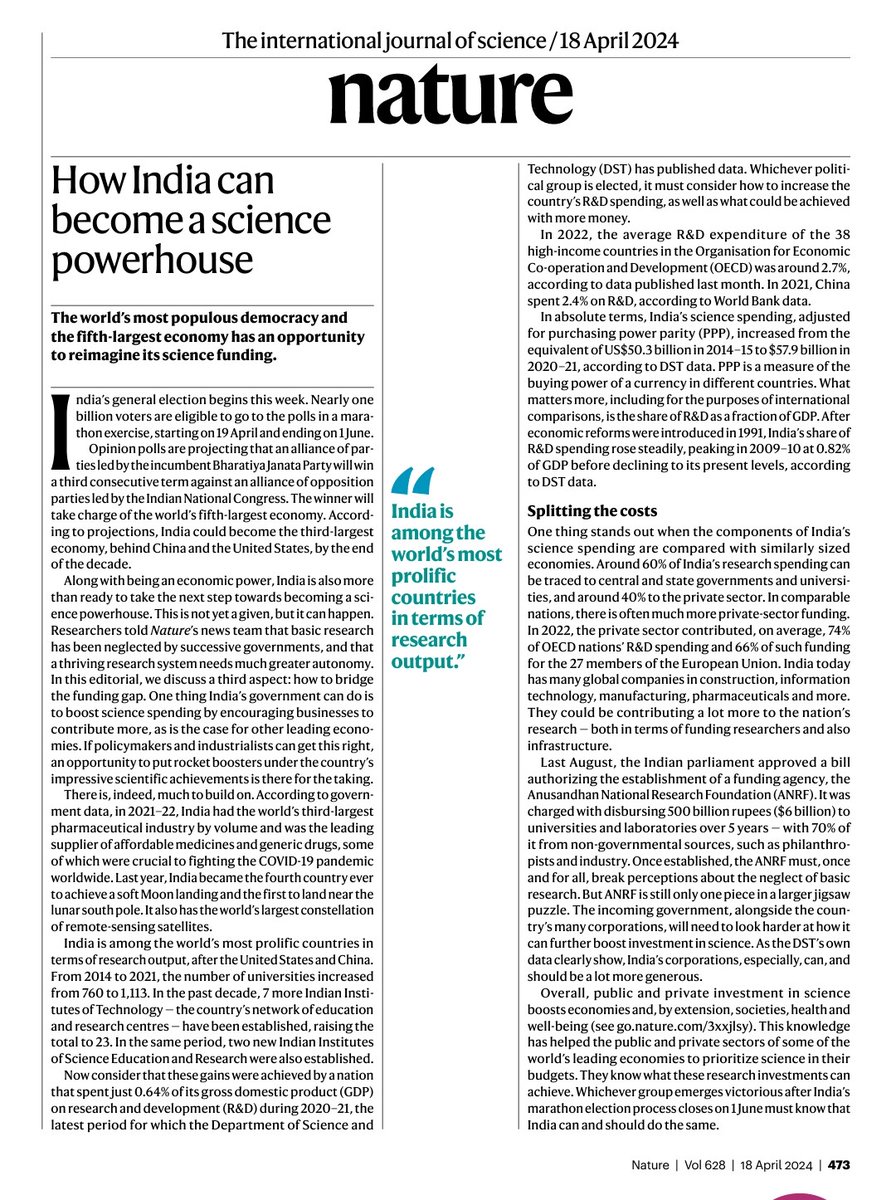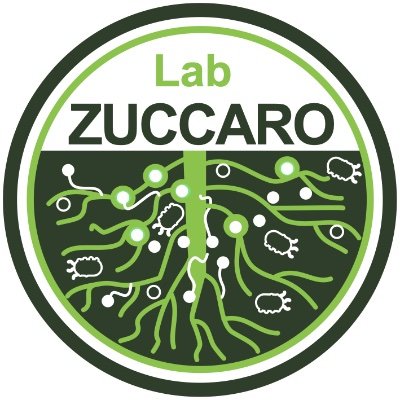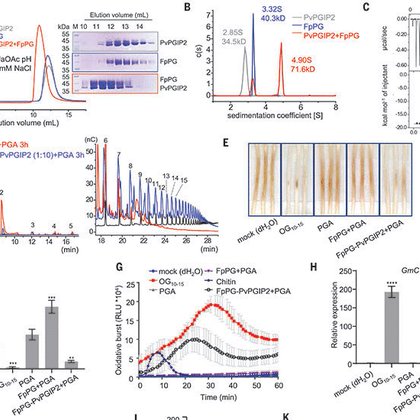
Kishor Ingole
@kishor_ingole
Followers
871
Following
2K
Media
20
Statuses
374
Postdoctoral Research Associate at Department of Biochemistry, University of Cambridge, UK. Former @UniBonn, @unescorcb, @DharwadUas, @pdkv_akola.
Cambridge, England
Joined November 2011
Alternative splicing of OsNPR3 promoted by the bacterial TAL effectors-targeted splicing regulator OsRBP11 antagonizes OsNPR1 function and enhances disease susceptibility in rice - Mol. Plant https://t.co/VffxYLCwEt
0
9
21
Have a look at our ‘SUMO Cell Atlas’ published in Science Advances https://t.co/syroL8dLOC.
science.org
A spatial map of an entire protein modification system reveals tissue and subcellular diversification of SUMO components.
Our paper is out 🥳 We've spatially mapped the SUMO system in plant roots by making 32 fluorescent reporters. These reporters show the amazing variability in expression and localisation of the SUMO components and how these change in response to stress. DOI: 10.1126/sciadv.adw9153
3
3
31
New paper alert 🎉 After 4 years in the Lilley lab learning all things subcellular proteomics, myself and colleagues recently published an updated workflow for the analysis of protein correlation profiling MS data. Everything you could need to know! https://t.co/BqvunNqv9d
1
2
6
Plant Science Research Weekly -- Multimerization of IAA3 via ROS suppresses lateral root formation in air gaps (Science) @DipanRoy7 (Summary by Mary Williams) https://t.co/5lYX09v5AV
#PlantaePSRW
plantae.org
Root growth and branching is strongly tuned to environmental conditions including soil compaction, nutrient availability, and the presence of water, with auxin having a major role in regulating root…
0
5
30
Happy to be a part of this amazing research published in Science. This study illustrates how ROS-regulated IAA multimerization modulates auxin response. Congratulations to the entire team @sadanandomlab @lilley_ks @PRAKASHTEJAS
https://t.co/QZ5Bf4ybg1
science.org
Reactive oxygen species (ROS) function as key signals in plant adaptation to environmental stresses, such as drought. Roots respond to transient water unavailability by temporarily ceasing branching...
2
6
51
Have a look at our recent Tansley Insights article.
Recent advances in proteomic workflows to interrogate the SUMOylome in plants 📖 https://t.co/8SAWJvMI1i
#Tansleyinsight by Ingole et al. @WileyPlantSci @sadanandomlab @lilley_ks @kishor_ingole #PlantScience
0
4
14
Happy to share our latest Tansley Insights article. We explored the workflows used to investigate the SUMOylome, examining how emerging technologies have deepened our understanding of SUMOylation. Thanks to @lilley_ks & @sadanandomlab for your support.
0
2
9
Congratulations to Jeffery Dangl, Brian and @jonathandgjones🎊🎉. Well deserved!!
“For groundbreaking discoveries of the immune system and disease resistance in plants.”: Jeffery Dangl, Jonathan Jones, and Brian Staskawicz, Wolf Prize Laureates in Agriculture 2025, have revolutionized our understanding of plant immunity and disease resistance. Celebrate their
0
1
10
Excited to share our recent work on how SUMOylated PhyB interacts with NPR1 to drive systemic immunity. Shedding light on the crosstalk between light signaling and immune pathways! 🌱🧬 #PlantScience #Immunity #SUMOylation @sadanandomlab
biorxiv.org
It has long been observed that light perception by phytochromes control plant immunity, however, the underpinning molecular mechanism is less well understood. We demonstrate that light mediated SUMO...
11
13
65
Fungal small RNA molecules (sRNAs) can silence plant genes to establish beneficial symbioses. This study by researchers from @unito and @cragenomica explains how: https://t.co/4VCvG4BLhj
@NewPhyt
0
67
259
Happy to start 2025 by sharing our new preprint https://t.co/66YA7sgSfN - the first paper from our @BBSRC collaborative project with @RichardMott7 @lilley_ks @KeywanHP @ganchoslavov @zimingzzz to understand what controls protein abundance in plants. 🧵1/9
3
7
16
#OpenAccess #Review Advances in spatial proteomics: Mapping proteome architecture from protein complexes to subcellular localizations by @lilley_ks and colleagues at @Cambridge_Uni
https://t.co/iwOc8YxtV0
1
5
5
Tip of the iceberg? Three novel TOPLESS interacting effectors of the gall-inducing fungus Ustilago maydis Khan et al. @Mamoona_khan_ @Riaztbsm _ @kishor_ingole @effectomics 📖 https://t.co/6sCVngsC78
0
25
46
Plz RT. Postdoc position: We are looking for a plant biologist with a strong interest in the model system Marchantia and comparative studies with flowering plants. @slcuplants @Cambridge_Uni
https://t.co/ETaXe315CE
3
164
198
Nature's editorial on how India can emerge as Science superpower @DrJitendraSingh @IndiaDST @DBTIndia @CSIR_IND @moesgoi @PMOIndia @PIB_India @INDOGSTC @INDOUSSTF @IFCPAR @DDNational @DDIndialive
1
63
161
Landmark: a fungal effector with polygalacturonase (PG) activity produces immune-suppressive oligogalacturonides (OGs) as a virulence mechanism; however, when in a complex with PGIPs, PGs produce OG polymers with longer chains that can trigger immunity.
science.org
A plant immunity protein interacts with a fungal cell wall–degrading enzyme to create immunogenic compounds.
0
16
44
This would be a game Changer for Nitrogen fixation!! Nitrogen-fixing organelle in a marine alga | Science
0
2
13
Fantastic talk by Malcolm Bennet, Nottingham Univ, at PlantACT conference at @ceplas_1 telling us that single cell RNAseq in roots differs when soil is used! Great data...looking forward to see them online!
0
9
45
A JRF position is available in our lab in a SERB funded project. If you are passionate to work on #plants, with experience in plant sciences and/or microbial genetics and have qualified NET, get in touch. Advert coming soon. #MPMI #fungalpathogens #rootsignaling
2
29
50
Dr Ramu Vemanna’s group @unescorcb showed the application of dsRNAs for crop protection from bacterial diseases and physiological trait improvement. https://t.co/AYTMfOfGWn
0
9
55

